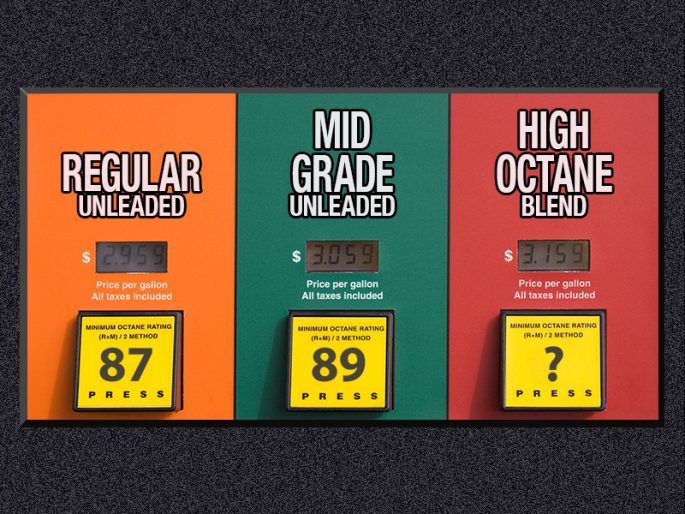
For those that have always wondered what exactly those numbers at the pump mean, here's a quick rundown on how octane ratings work and what it means for your car.
What's an Octane Rating?
I'm glad you asked. To avoid causing someone's brains to burst under the weight of science, an octane rating is simply a measuring of a fuel's performance. This "performance" is based on the fuel's ability to withstand compression before it ultimately detonates(which goes to the engine and makes the car go vrooom.)
So when it comes to the number, bigger is better, right? Well, not always.
Octane in Action
One instance where a lower octane rating is needed would be diesel engines. This is because diesel engines don't compress the fuel but rather the fuel air and then injects more fuel into the air it had just compressed.
Now, you can go the other way with this and have something like a sports car that requires premium fuel to function properly. Manufacturers typically stamp a specific octane rating right on the engines of these powerhouses due to its need for a higher compression ratio. So putting anything less than premium in these engines will result in reduced power and performance.
Fun Facts
- Since most gas stations only have two storage units, mid-grade fuel is actually a blend of low and high-grade fuel.
- Ethanol can effectively increase a fuel's octane rating, but the reduction of gasoline from the overall mix causes it to burn about the same as low-grade fuel.
Categories:
Social